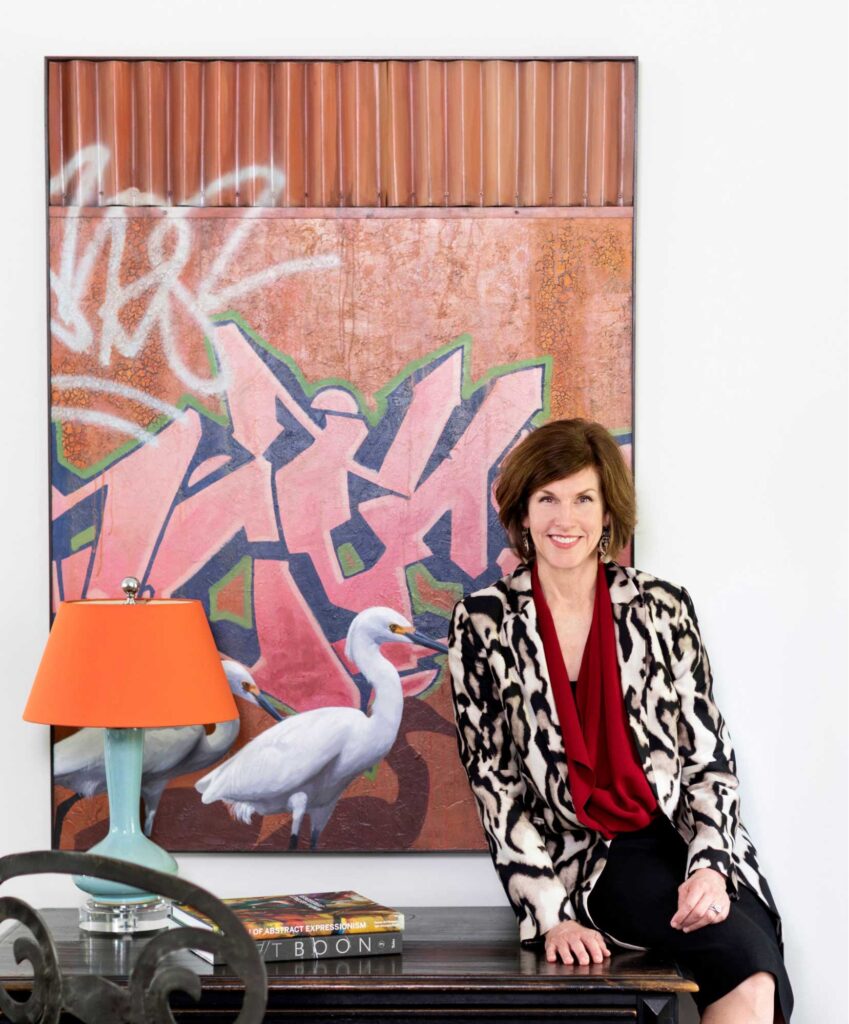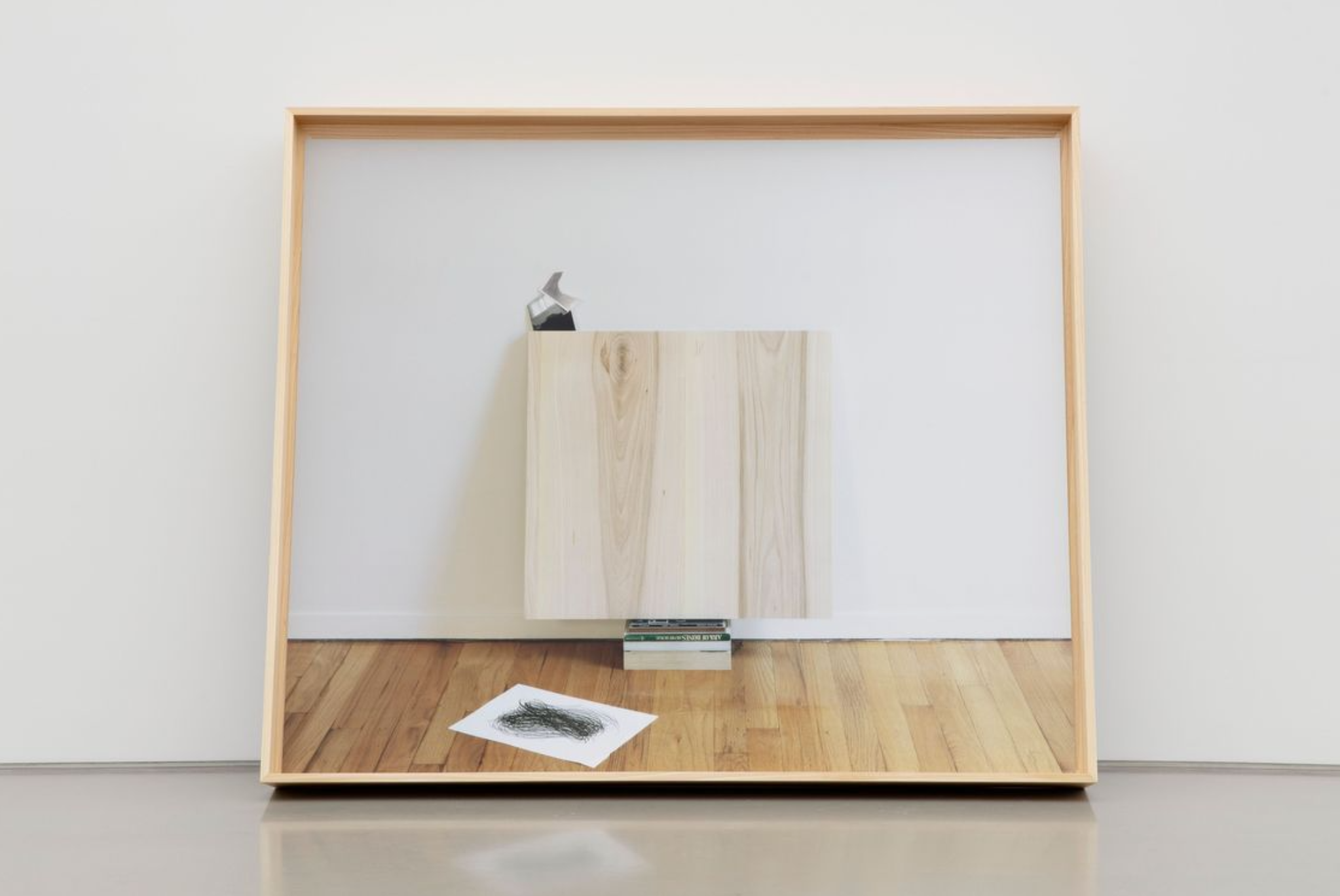
A question that often comes up over the lifetime of a design project is “what is going on these walls?”
One of the great joys of my work is helping clients navigate the answer – repurposing pieces they own, recommending new things to them, and introducing them to artists and galleries they may not yet be familiar with.
I feel strongly that art is something to think about from the beginning of a project, and I encourage my clients to create a budget for it so that they don’t end up with blank walls. The art may even inspire the interiors – the color palette or texture of a piece can spark an idea.
But people are often intimidated by the cold white space of a gallery, the prices, and because they don’t know what they should buy. So last week I spent several hours diving into just that. How should someone go about selecting art?
I listened to podcasts, read a lot of material on the subject, and spoke with three influential art world luminaries to get the answers.
Meet the Experts:
Kathy Dimmitt
Kathy established Dimmitt Contemporary Art 10 years ago after many years of experience as an art advisor and with other galleries. While her stable of artists includes many who are well established, she is also passionate about emerging creators. Dimmitt’s specialty is in strong, statement works – and her well trained eye has made her the darling of clients and interior designers alike.

Joe Havel
Joe has won numerous awards, and his works are part of the permanent collections of several prestigious museums including the Whitney Museum of American Art, and the Centre Pompidou in Paris. His paintings and sculptures explore everyday objects, and yet they are imbued with an undeniable elegance and intelligence. Havel recently retired from his post at the Glassell School of Art at the Museum of Fine Arts Houston.

Lea Weingarten
Lea is an art advisor, consultant, and owner of Weingarten Art Group. She works with both private and corporate clients on large projects (very large) and smaller commissions such as finding that one special treasure. She also provides her expertise to multiple high profile arts organizations as a member of their boards. Weingarten travels the globe to art fairs, studios, and galleries to gain insider knowledge that she brings back to her work for her clients.

And now for some of our Q & A…
What does it mean to have a ‘collection’? Can’t I just buy what I like?
“If you develop a collection, it should come from what you are passionately interested in,” says Joe Havel. If that’s history or a particular culture, for example, then that may influence what you buy. But he cautions against being too structured in how you go about it. “You should always be open to exceptions. Art is about the quality of experience generated by the object.”
Sure, you can just hang pretty things on your walls, but for Lea Weingarten, creating a collection goes much deeper. She believes that the process is about being intellectually curious about art and that the pieces you choose should “inspire discussion and thought.”

What should you do when you walk into a gallery for the first time?
All three experts understand that walking into a cold, all white gallery can be intimidating – so they offered thoughts on how to approach the experience.
Weingarten says that you should actually “take out the idea of buying at the beginning.” That relieves the pressure and leaves you more open to simply looking.
In fact, according to Kathy Dimmitt, “10 out of 10 times people don’t walk out of the gallery with a piece on their first visit.” That’s good to know, because it means gallerists aren’t actually expecting you to make a purchase right away.

How do you begin collecting art? What should be considered?
That question brought up a major theme for Havel, Dimmitt, and Weingarten. Looking. They all used the word multiple times.
Havel feels that you should look at a lot of art without making quick judgments. “Falling deeply in love [with a piece] takes time. You have to get past the initial blush of attraction or repulsion,” he says.
Dimmitt actually encourages people to visit galleries other than her own. The more you simply look, without the concern of buying, the more educated your eye becomes. Which in turn means that you will start expecting more from the pieces you do acquire.
“Start with one good piece, and let that inspire your other choices,” Dimmitt says. Of course, if buying that first piece is scary, there is help.
Only about 12% of the market is in the public eye, according to Weingarten – and many people feel like a guide is helpful. As art consultants, they have access to information and resources that others might not. They help clients navigate questions about value and can introduce you to artists that you might not have been aware of.
Are there trends?
Yes. And according to all three sources, you should not follow them.
“Bell bottoms are in…they are out…they are back in,” says Havel. “You should buy what you love and don’t think about trends.”
Dimmitt tells the story of a piece of street art that she bought twenty years ago, and still loves today. She does not pay attention to trends, but rather focuses on the emotional connection she feels with a painting.

What are some options for buying at an affordable price?
One of my own favorite ways to find art at an affordable price is to frequent the Glassell Studio School Student Art Show. There are thousands of interesting pieces across all mediums. As Weingarten points out, “we live in a robust city for artists, and the barrier to entry is not high.”
You might also consider photography or prints as a way to start collecting, as long as you are working with a reputable gallery or dealer. Authenticity and condition of the piece are important.
Obviously, size does matter. Smaller works are often more approachable, price wise. A gallery wall can make a great impact when a number of pieces are gathered together to create a larger moment. Another benefit–it’s easy to swap out pieces as you grow your collection.

So what artists are you excited about?
Dimmitt is looking at Jose Campos/Studio Lenca right now.

Here are a few artists I have my eye on:
Ulrike Muller’s work is strong and graphic. I love how clean and powerful her enamel on steel pieces are–organic and architectural at once.
I’ve long admired the work of Lillian Warren, and I actually own a couple of her pieces. She looks at the simplest moments in life in a kind yet truthful way, with a bit of humor. And her color palette keeps me coming back to see more.
The takeaway from this journey:
When you buy art, do it for love of the piece, simple as that.







